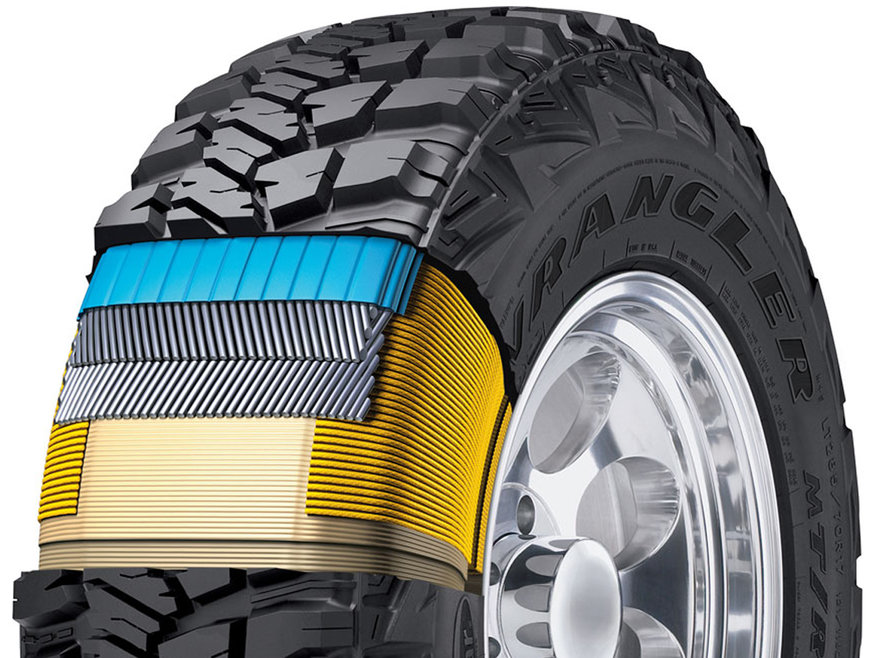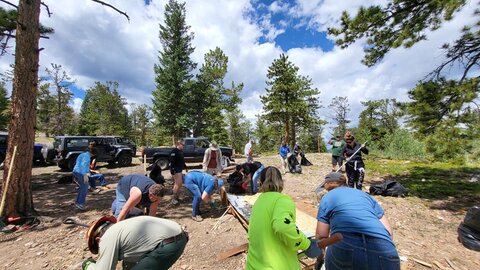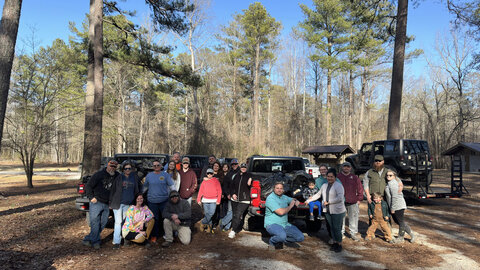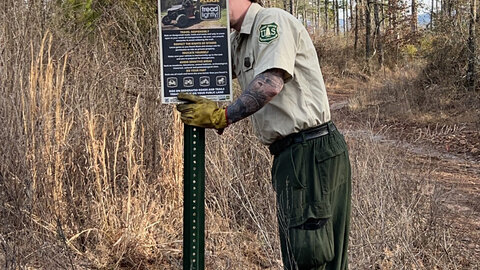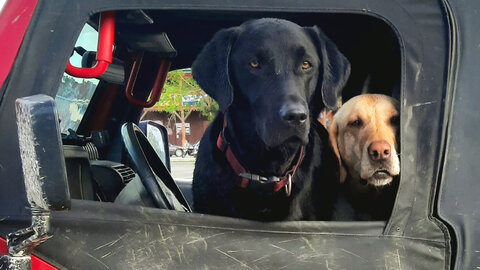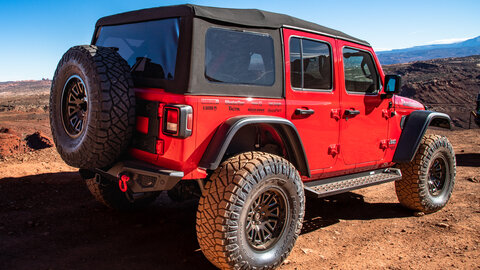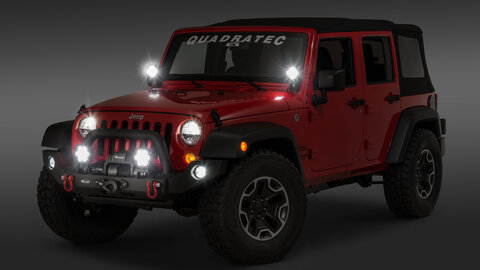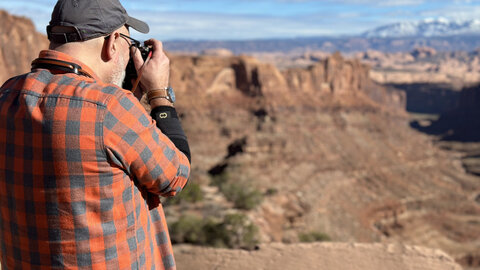Carcass (Casing) — The main body of the tire consisting of wire beads and body plies. The carcass does not including the tread or sidewall rubber.
Inner Liner — A layer of specially compounded rubber forming the inside of a tubeless tire, designed to inhibit loss of air pressure.
Plus Sizing — Plus Sizing is among the simplest ways for you to dramatically improve both the look and performance of your vehicle. The concept is to alter the wheel diameter and the tire aspect ratio. There are three common categories of Plus Sizing: Plus Zero, Plus One and Plus Two. One or two layers of heat and impact resistant, rubber-coated fabric used to form the body of the tire. Automobile and light truck tire plies are normally constructed of nylon or polyester cords.
Ply — One or two layers of heat and impact resistant, rubber-coated fabric used to form the body of the tire. Automobile and light truck tire plies are normally constructed of nylon or polyester cords.
Tread — The portion of the tire which comes in contact with the road. Tread designs vary widely depending the the specific purpose of the tire.
Tread Groove — The space or area between two tread rows or blocks.
Tread Design— The Pattern of Grooves and Tread Elements
Tread Pattern, Lugs, Voids — The tread pattern refers to the overall structure of the tread. The tread pattern is made up of tread lugs and tread voids. The lugs are the sections of rubber that make contact with the terrain. Voids are the spaces that are located between the lugs. The mud-terrain tire pattern is characterized by large lugs in the tread pattern with large voids between these lugs. The large lugs provide plenty of bite in poor traction conditions while the large voids allow the tire to clean itself by releasing and expelling the mud or other material while spinning. The all-terrain tire pattern is characterized by smaller voids and lugs when compared to the mud terrain tire. A denser pattern of lugs and smaller voids make all terrains quieter on the street than the mud terrain tire. The downside to an all terrain is that the smaller voids cannot clean themselves as easily of mud, slush or material as would the larger voids on the mud tire. When voids fill up with mud the tire loses much of it's bite and traction. However the all terrain is a good compromise to general highway driving and minimal off-road use.
Self Cleaning — Self Cleaning is the effect of a tire's tread pattern to allow the release of mud or material from the voids of tread, thereby providing a good bite on every rotation of the tire. The better mud terrain tires will allow the mud or material to easily be released from the tread voids.
Asymmetrical Tread Design, Non-symmetrical design — The design of the tread pattern changes from one side of the tread face to the other, in order to have two or more different types of tread patterns on one tire for better overall performance.
Directional Tread Design — A tire designed to rotate in only one direction for maximum performance, especially on wet roads or in mud.
Sidewall Strength — Sidewall strength refers to the tires resistance to punctures and tears in its sides. The strength is typically a result of the number of plys extending into the sidewall and by the tread design and pattern that extends down onto the sidewalls. Typically the greater the sidewall strength, the more resistant the tire is to flex even when aired down to lower pressures.
Mud & Snow Tread Design — A tire with a heavy bar or block tread element design to provide maximum traction in mud or snow conditions. The tire will be marked M+S or MT on the sidewall.
Non-Directional Tread Design — A tire designed to rotate in either direction without loss in performance.
Aspect Ratio — A numerical term which expresses the relationship between the section height of the tire and the cross section width. The lower the aspect ratio, the wider the tread and the shorter the sidewall.
Hydroplaning — Associated with driving on rain-slicked roads with worn or poorly treaded tires. It is the lifting action on a tire when water pressure forces the tire upward, leaving a cushion of water between the tire and road surface.
Load Range — A term which is gradually replacing the term "Ply Rating" and which is indicated as Standard Load (SL) and Extra Load (XL) for auto tires and Load Range C, D etc. for light truck tires. (The carrying capacity of the tire at specific air inflation pressures.)
Service Description — A marking consisting of the load index and speed symbol, ie. 87S.
Tread Depth — A mound of rubber in the tread measured in 32nds of an inch from the tread surface to the bottom of the tread grooves.
Tread Design — The pattern of grooves and tread elements.
Tread Wear Indicator — Narrow bars of rubber molded into the tread at a height of 2/32nds of an inch. When wear reaches the tread wear indicator, it is time to replace the tire.
Wheel Alignment — The measuring, analyzing, and setting of angles to predetermined manufacturer recommended specifications to ensure maximum tire service life, vehicle handling, and safety. Proper wheel alignment is attained when each wheel's position, relative to the vehicle and specification, is correct.
Four-Wheel Alignment — Four-wheel alignment is the setting of all four wheels to specifications and referenced to the vehicle centerline.
Two-Wheel Alignment — Two-wheel alignment is normally performed on solid axle rear wheel drive vehicles, and is the setting of the front wheels relative to one another.
Wheel Balancing — Adding external weights to compensate for unequal distribution of tire and wheel weight. Unbalanced tire and wheel assembly is balanced by clamping appropriate metal weight to the rim.
Now that you're an expert on all the various tire terms, check out our tires page for a complete list of all the Jeep tires available.












